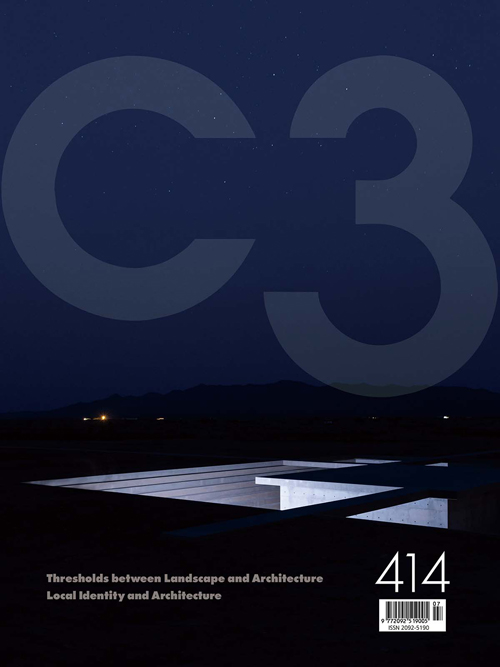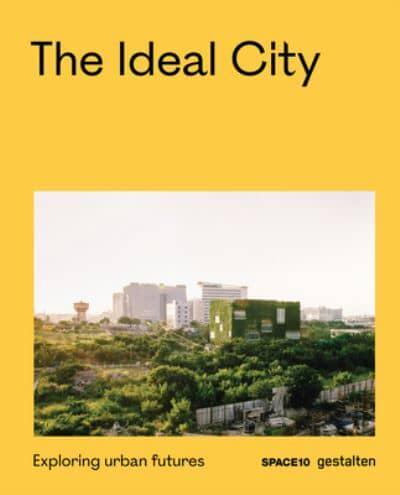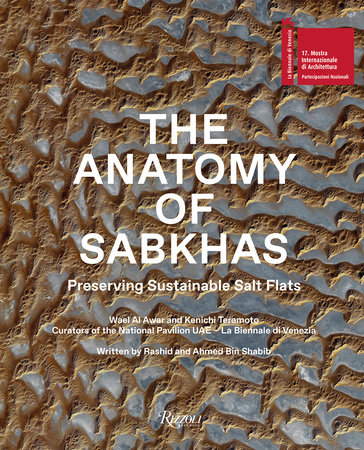
This guide provides resources for researching about and engaging with issues involving sustainability, climate change, and eco-studies in architecture and the built environment.
Sustainability in architecture and the built environment is a broad and complex topic. This guide is broken into three topical sections: 1. Climate and Climate Change, 2. Sustainable Architecture, and 3. LEED (Leadership in Energy and Environmental Design) rating and certification. Two additional sections on the research process are included to help provide strategies for finding information. This guide is a living document and will be updated with new resources as they are collected.
In this research guide you will find information on where and how to locate:
| New Sustainability Books at the Architecture Library: |

Resilient City: Landscape architecture for climate change
SB475.9.C55 M47 2021
This volume presents measures and plans of eleven major cities in North and South America to protect their inhabitants and their habitats against future climate catastrophe utilizing sustainable landscape architecture.
Food Urbanism: Typologies, Strategies, Case Studies
SB472.7 .V47 2021
The research output of Verzone Woods Architectes and the Food Urbanism Initiative. This book provides typologies, tools, evaluation methods, and practical approaches of urban agricultural methods developed by the Food Urbanism Initative which sought to insert food production entities (community gardens, orchards) into the urban environment to augment and improve urban quality of life.

The Green Imperative: Ecology and Ethics in Design and Architecture
NNA2542.35 .P37 2021
Second edition of Victor Papanek's 1995 book. In The Green Imperative Papanek argues for putting nature and environmental impact at the heart of design, by working at a smaller scale, rejecting aesthetics for their own sake, and thinking before we buy. This updated edition gives readers a historical perspective of sustainability and climate change, 25 years after its first publishing.

C3 414: Thresholds Between Landscape and Architecture: Local Identity and Architecture
ARCH Serials NA1565 .K68 no.414
"This edition explores the thresholds between landscape and architecture. Including features that intentionally bridge between landscape and architecture, as well as local identity and community.

Evergreen Architecture: Overgrown Buildings and Greener Living
OVERSZ NA7117.5 .E94 2021
Evergreen Architecture surveys a broad spectrum of residential, institutional, urban, and rural spaces and how they integrate flora and greenery into the built-environment from a construction-oriented perspective and an aesthetic lens. This book includes sections specifically on green-architecture maintenance, such as how to keep moss-covered walls alive, the root systems of trees for rooftop gardens, lighting considerations.

Green Architecture for a Sustainable Future
NA2542.36 .G743 2021
For several decades the concepts of ecology and sustainability have generated highly influential currents of opinion in our society, and creating a greener future is at the forefront of today's architectural design. This book gives the leading role to 30 international architects that reveal the new trends in sustainable architectural design/

LEED Lab: A Model for Sustainable Design Education
TH 880 .A64 2021
LEED Lab: A Model for Sustainable Design Education explains the theory, tasks, tools and techniques necessary for LEED credit implementation and achievement, and includes case studies and exercises for practical application in each chapter. Readers will learn the conceptual scientific framework used to understand existing operational performance and how to quantify sustainable synergies, create green campus policies with administrators, and understand systems such as energy and water in a research-based assessment course. Fantastic manual for students and practitioners working towards LEED certification.

Conceptual Joining: Wood structures from detail to utopia
NA4110 .C66 2021
This book explores experimental approaches to the design and construction of wooden structures in architecture, amd explore the potential of traditional craftsmanship and derive from a material-oriented artistic research practice.

Non-Extractive Architecture Vol. 1
NA2542.36 N66 2021
Buildings generate nearly forty percent of annual global greenhouse gas emissions. The consequences of environmental destruction will force humans to rethink virtually every action. Under the notion of "Non-Extractive Architecture", This book argues that architects have the opportunity to reclaim their relevance by becoming the champions of new ways of building that provides a more sustainable model for living. This book attempts to frame the social problems of contemporary architecture and the built environment, and begins the process of delineating alternative paths forward for a more sustainable and equitable built environment without extraction or damage.

The Ideal City: Exploring Urban Futures
NA687 .I34 2021
The Ideal City chronicles efforts of architects, innovators, and policy makers to design happier, healthier and inclusive cities. Using technologies such as apps designed to curb food waste and inventive fresh water infrastructure, these thinkers consider the future of the city as well as the happiness of its inhabitants in order to explore many initiatives and experiments to rethink the city's environmental and social sustainability.

Anatomy of Sabkhas: Preserving Sustainable Salt Flats
NA 2542.36 A54 2021
A sabkha is a costal flat found in North Africa and the Arabian Peninsula that are subject to periodic flooding and drying. This process results in accumulation of aeolian clays, evaporites, and salts on the earth which are used as natural resources. The Anatomy of Sabkhas investigates how these resources form, how they have aided the development of human civilization throughout history, and how they have subsequently infiltrated our traditions, rituals, festivals, smartphones, and cities today. Written and edited by urbanists and architects, the book examines the ways that sabkhas might actively contribute to more sustainable built environments.

Managing Energy Use in Modern Buildings: Case studies in Conservation Practice
NA2542.3 M36 2021
Managing Energy Use In Modern Buildings includes ten studies that address the challenges of improving energy consumption and thermal comfort in buildings built between 1927 and 1967.

The Planet After Geoengineering: Design EARTH
TA170 .P53 2021
This graphic novel is the companion to research group DESIGN EARTH’s eponymous project at the Venice Biennale of Architecture. This work of speculative fiction imagines the future of living in different climate modifications post-geoengineering intervention for a hostile natural environment. By imagining a future earth that has been engineered for our survival, DESIGN EARTH simultaneously images a geo-politics that incorporates the actual planet as a designed built environment that needs to be managed for survival.